How to Plan Your Bathroom Remodel Like a Pro
A well-planned bathroom remodel can completely transform an outdated space into a refreshing and functional retreat. Approaching your renovation like a professional ensures you avoid common pitfalls, stay on budget, and achieve the look and feel you desire. From small powder rooms to expansive master bathrooms, meticulous planning can make the difference between a rushed, chaotic remodel and a smooth, satisfying experience.
Taking the time to understand your goals, budget, design preferences, and materials ensures that every decision is informed and intentional. This guide will walk you through the essential steps of a bathroom remodel, offering insights into budgeting, layout design, material selection, professional support, and project management. By the end, you’ll have the knowledge to approach your remodel confidently, creating a space that is both functional and stylish. A thoughtfully executed remodel not only enhances daily routines but also increases your home’s value, making it an investment worth careful planning.
Establish Your Budget
Before beginning any bathroom remodel, establishing a realistic and detailed budget is critical. Costs can vary widely depending on the size of the space, choice of materials, labor requirements, and whether you hire professionals or complete some DIY work. Researching average prices in your area and gathering multiple contractor estimates will help you create a budget that aligns with both your financial capacity and design ambitions.
Once your budget is established, prioritize spending on the features that matter most. For instance, durable flooring, plumbing updates, and high-quality fixtures should take precedence, while decorative items or non-essential upgrades can be delayed or simplified. Building a contingency fund of 10-15% of your total budget is essential to cover unforeseen expenses, such as hidden water damage, outdated wiring, or subfloor repairs, which are common during bathroom renovations.
Exploring financing options is another step to consider. Home equity loans, personal loans, or lines of credit can ease the financial burden, particularly for more extensive remodels. Compare interest rates, repayment terms, and other conditions to choose the most suitable option.
Define Your Needs and Wants
A successful bathroom remodel balances current needs with future planning. Begin by evaluating your existing space carefully. Take note of what works well—like natural lighting, storage solutions, or spatial flow—and identify areas that need improvement. Consider both functionality and style when assessing the current bathroom.
Creating a must-have list is a helpful way to prioritize features. Focus on essential elements such as adequate lighting, storage, reliable plumbing, and comfortable layouts. Differentiating between needs and wants ensures that the core objectives of the remodel are met first. Must-have lists should be revisited as the project progresses, ensuring the renovation remains aligned with both goals and budget.
Planning for the future is equally important. According to a survey by Axios, 78% of homeowners who removed a bathtub during renovations opted to enlarge the shower space, reflecting a trend toward spacious, spa-like bathrooms. Considering potential family growth, accessibility needs, or lifestyle changes ensures the bathroom remains functional and comfortable for years.
Balancing functionality and aesthetics is crucial. While beautiful fixtures, tile patterns, and color schemes create visual appeal, usability should never be compromised. Practical considerations, such as counter space, towel racks, and layout efficiency, must coexist with design elements.
Design an Efficient Layout
The layout of your bathroom has a direct impact on both its functionality and visual appeal. Begin by measuring the space accurately, noting existing features such as windows, doors, and plumbing configurations. Understanding spatial limitations allows for informed decisions that maximize usability without compromising design.
Choosing a layout style should align with your home’s overall aesthetic and your personal preferences. Options range from traditional, contemporary, or transitional layouts to open-concept or zoned designs. Consider how different arrangements affect movement, storage, and comfort. For example, a walk-in shower may feel luxurious in a master bathroom but could overpower a smaller powder room.
Effective storage solutions are another essential component. Built-in cabinets, vanities with drawers, or floating shelves can provide organization without crowding the space. Evaluating storage needs critically ensures that towels, toiletries, and cleaning supplies are easily accessible, maintaining a clutter-free environment.
Planning plumbing and electrical configurations early in the design stage prevents costly errors later. Engaging professionals guarantees that installations meet building codes while integrating energy-efficient fixtures and water-saving solutions. Accessibility and safety must also be considered.
Select Materials and Fixtures
Materials and fixtures define the functionality, durability, and style of your bathroom remodel. Begin by exploring options such as tile, stone, vinyl, or eco-friendly alternatives. Each material has unique advantages in terms of durability, moisture resistance, and ease of maintenance. Visiting showrooms or reviewing samples in different lighting conditions can help you visualize the final look.
Balancing durability against cost is essential. High-quality materials may have a higher upfront cost, but they typically reduce the need for future repairs or replacements. High-traffic areas, such as floors and countertops, benefit from resilient, long-lasting options. Conversely, decorative elements like mirrors or lighting can be chosen with more flexibility in budget.
Energy-efficient fixtures not only save money on utilities but also support environmental responsibility. Low-flow toilets, water-saving faucets, and LED lighting are common upgrades that provide both practicality and long-term savings. Aligning all materials and fixtures with your overall design theme ensures a cohesive and inviting aesthetic.
Hire Professionals vs. DIY
Deciding which aspects of your bathroom remodel to handle yourself versus hiring professionals is crucial for safety, quality, and cost-effectiveness. Begin by honestly assessing your skills. Can you safely handle plumbing, electrical work, or tile installation? Overestimating your abilities can lead to costly mistakes or safety hazards.
Hiring professionals for complex tasks ensures compliance with building codes, high-quality workmanship, and adherence to project timelines. To find reliable contractors, research testimonials, request references, and review past projects. Clear communication about expectations, schedules, and deliverables is key to a smooth working relationship.
Even if you tackle some DIY tasks—such as painting, minor fixture installation, or decorative touches—safety and preparation are critical. Use the correct tools, follow tutorials carefully, and pre-plan each step. Evaluating costs is also essential; sometimes the savings from DIY work are outweighed by potential remediation costs if errors occur. Thoughtful decision-making ensures your bathroom remodel remains both budget-friendly and professional in quality.
Oversee the Remodel Process
Managing the bathroom remodel process effectively keeps the project on schedule and ensures the final result meets your expectations. Create a detailed timeline outlining stages such as demolition, plumbing or electrical work, flooring, and finishing touches. Sharing this timeline with contractors and household members ensures alignment and prevents conflicts.
Strategically scheduling work avoids downtime and ensures each task flows smoothly into the next. Open communication with contractors is vital for addressing issues promptly, resolving misunderstandings, and maintaining progress. Regular inspections or walkthroughs allow you to monitor craftsmanship and make adjustments before problems escalate.
Despite careful planning, unexpected delays may occur, from weather disruptions to supply shortages. Remaining flexible and developing contingency plans helps maintain momentum while minimizing stress. Consistent oversight ensures that the remodel progresses efficiently, producing a bathroom that meets functional, aesthetic, and safety standards.
A successful bathroom remodel combines careful planning, informed decision-making, and professional execution. By considering budgeting, layout design, material selection, professional involvement, and project oversight, you can create a bathroom that is functional, stylish, and long-lasting. Paying attention to both current and future needs ensures that your space continues to meet your lifestyle requirements for years to come.
Thoughtful planning reduces risks, controls costs, and results in a polished final product that elevates your home’s comfort and value. Whether you execute some DIY tasks or rely entirely on experienced professionals, a structured approach guarantees an efficient and stress-free remodel. Start planning today to enjoy a bathroom that reflects both beauty and practicality—trust CMP Construction to make your dream remodel a reality.
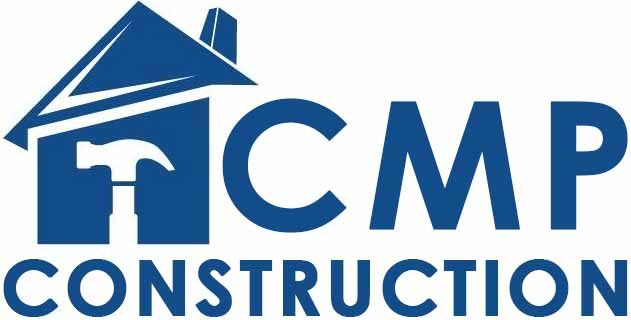
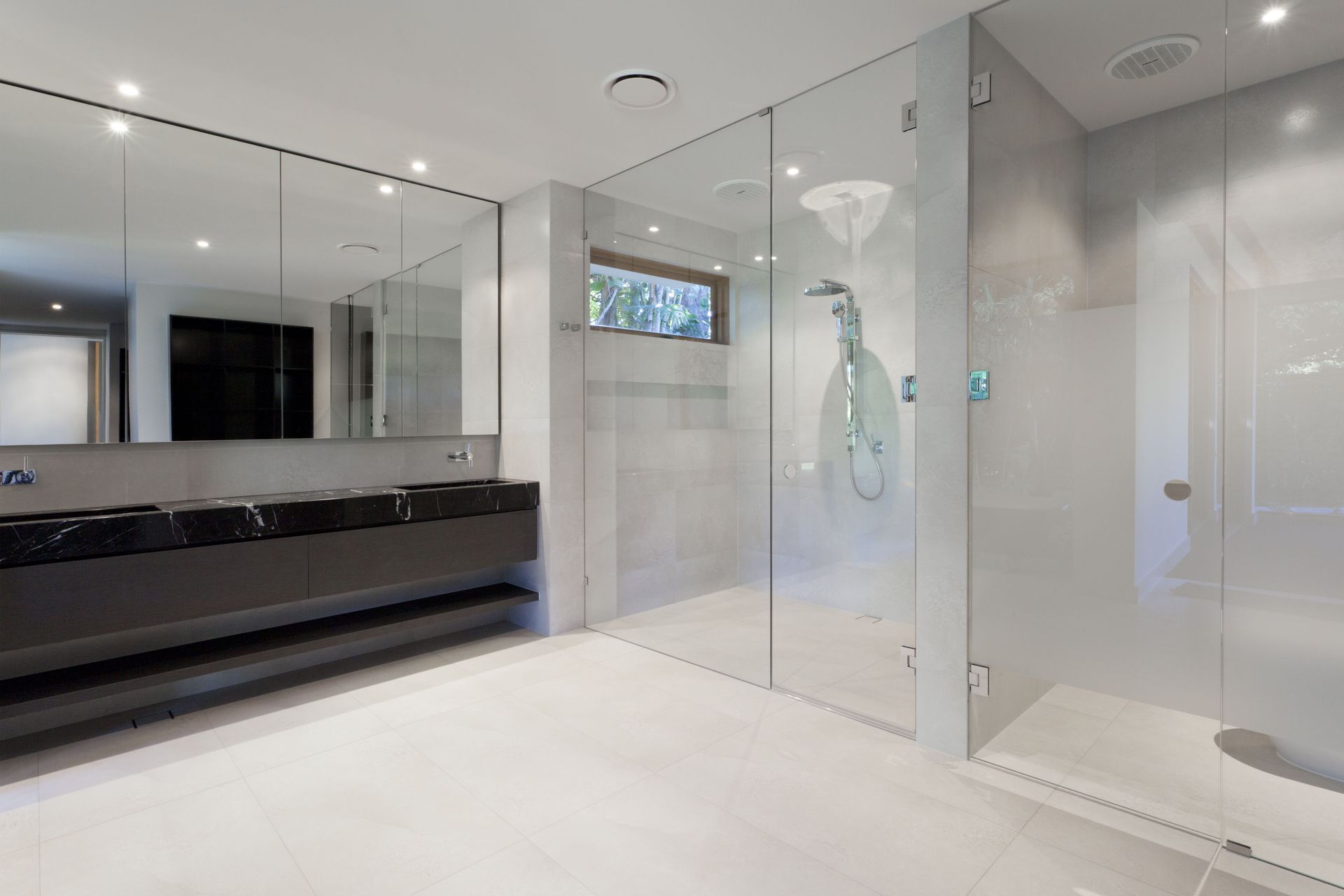
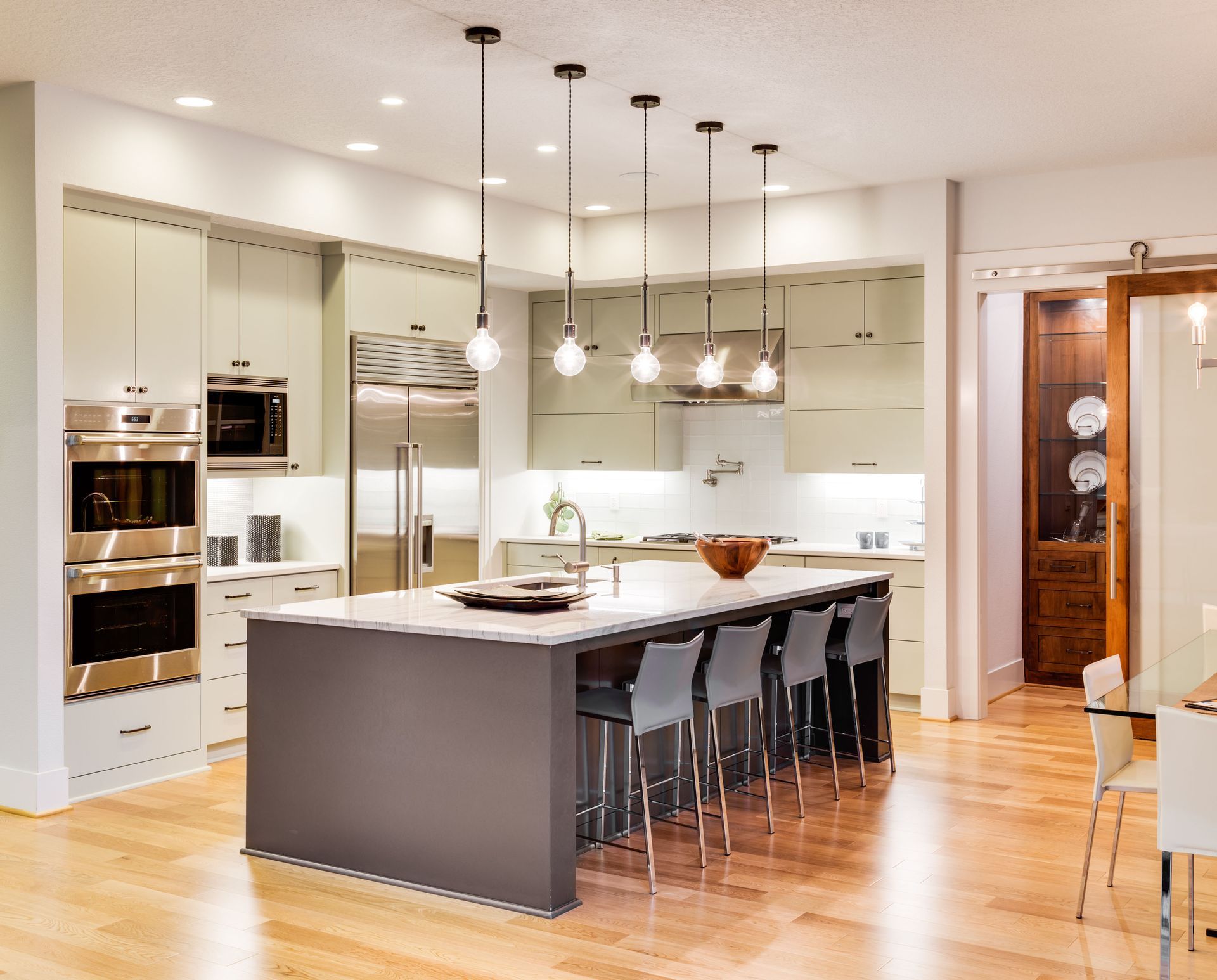
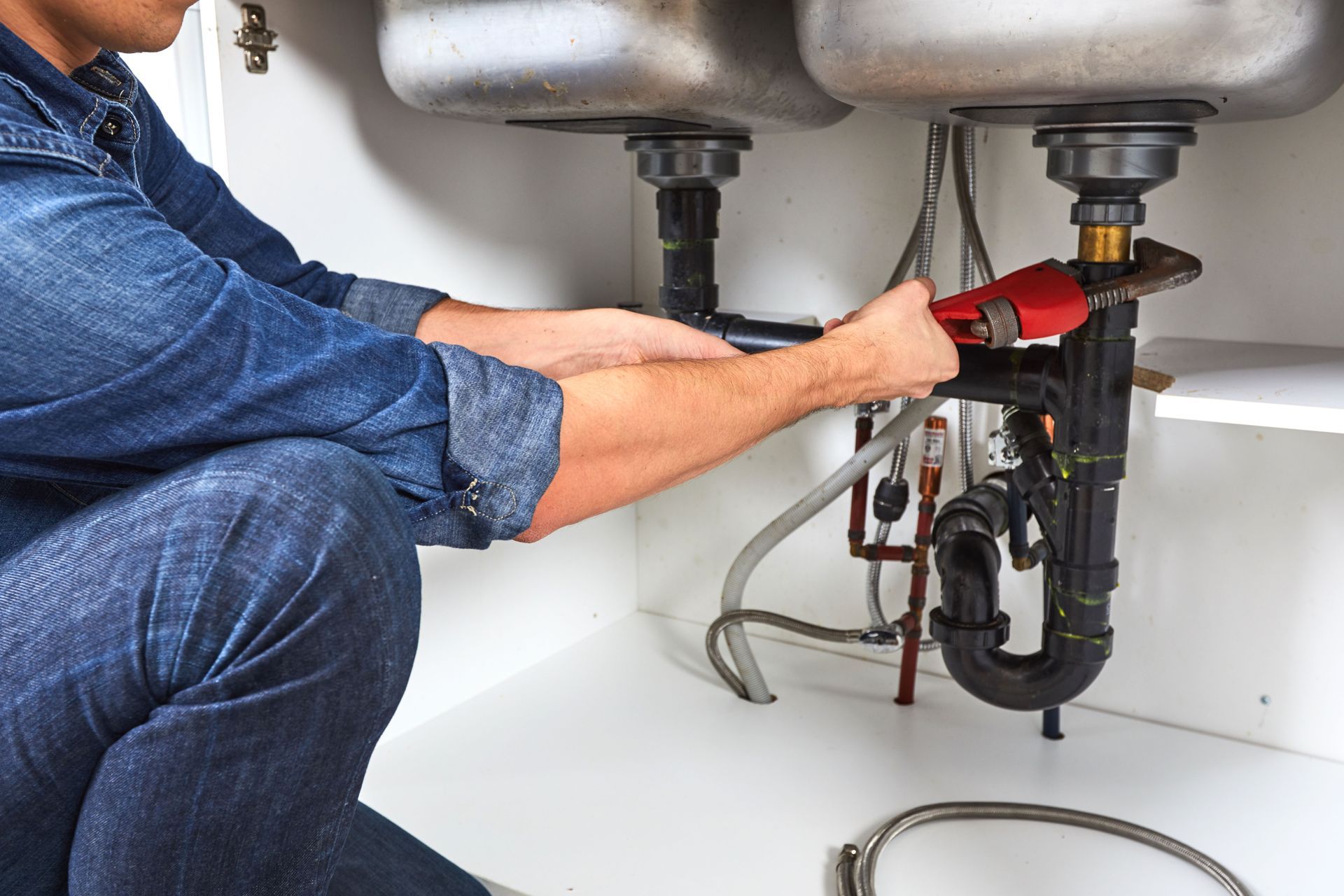

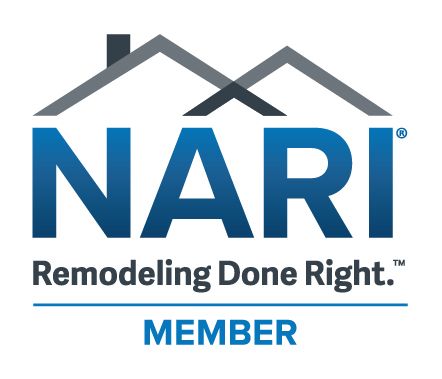

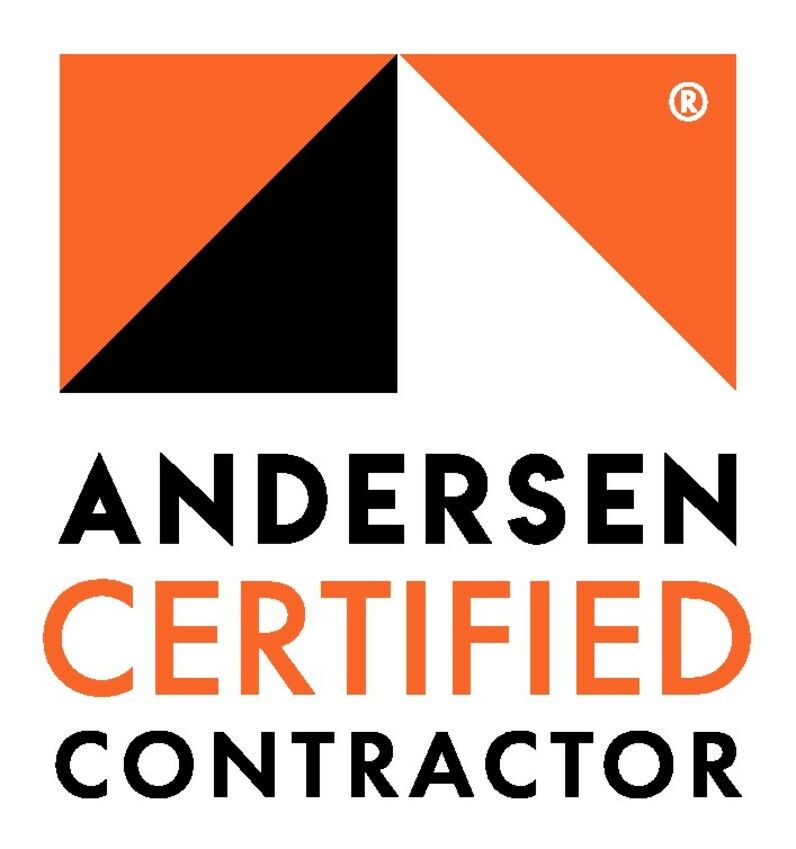
Share On: